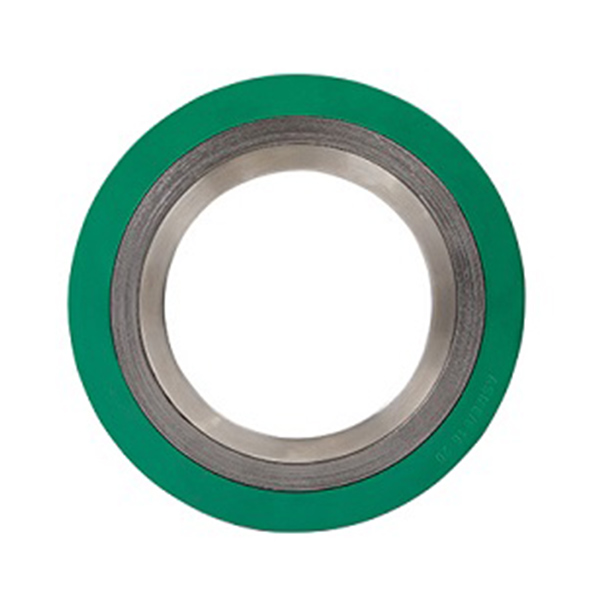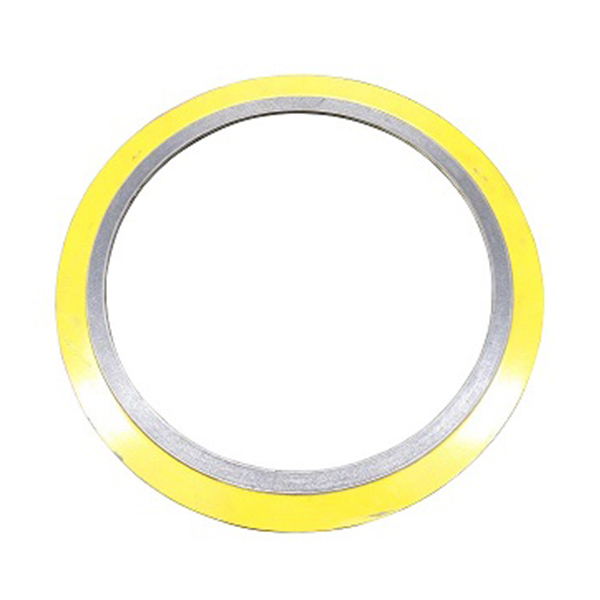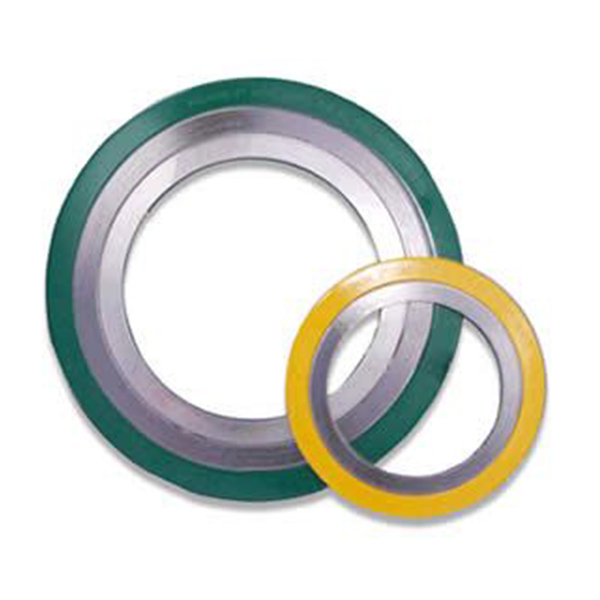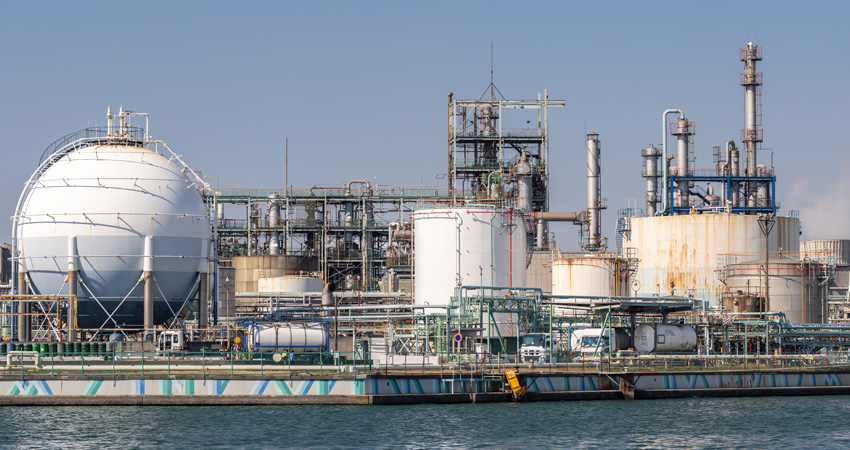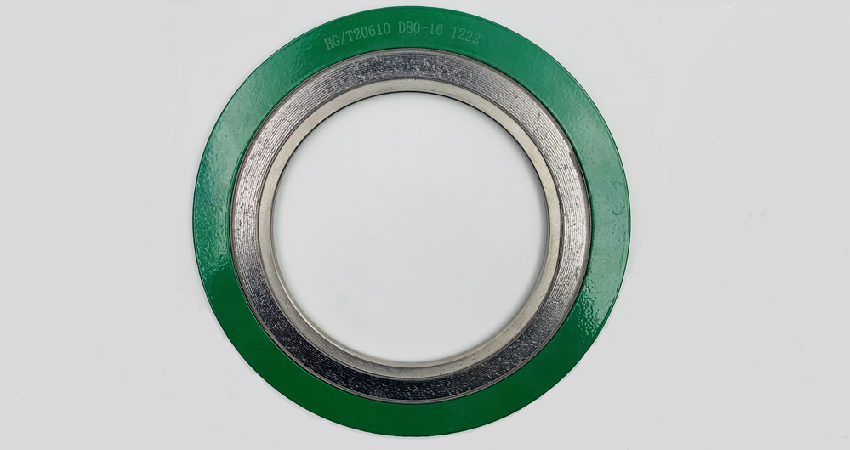Rubber-steel Metal Gaskets
What Are Rubber-steel Metal Gaskets?
Rubber-steel metal gaskets are specialized sealing components designed for high-pressure and high-temperature applications. These gaskets combine the flexibility of rubber with the strength of steel, offering superior performance in demanding environments. They are commonly used in industries such as automotive, aerospace, oil and gas, and manufacturing, where reliable sealing is critical to prevent leaks and ensure operational safety. The unique construction allows for effective compression and resilience, making them ideal for irregular surfaces and varying pressure conditions.
Key Features and Benefits
- Excellent resistance to extreme temperatures, ranging from -50°C to 300°C.
- High durability and longevity due to the steel reinforcement.
- Superior compression set properties for long-term seal integrity.
- Resistance to chemicals, oils, and other corrosive substances.
- Easy installation and compatibility with various flange types.
- Customizable sizes and shapes to fit specific application needs.
Product Parameters and Specifications
Below is a detailed table outlining the standard parameters for rubber-steel metal gaskets. These specifications ensure optimal performance in diverse industrial settings.
| Parameter | Specification | Units |
|---|---|---|
| Material Composition | Rubber (EPDM, Nitrile, Silicone) with Steel Core | - |
| Temperature Range | -50 to 300 | °C |
| Pressure Rating | Up to 2000 | PSI |
| Thickness | 1.5 - 5.0 | mm |
| Hardness (Shore A) | 70 - 90 | - |
| Compression Set | < 20% | - |
| Chemical Resistance | High (varies by rubber type) | - |
Applications of Rubber-steel Metal Gaskets
Rubber-steel metal gaskets are versatile and used across multiple industries. In the automotive sector, they seal engine components and exhaust systems. In aerospace, they ensure airtight seals in hydraulic systems. The oil and gas industry relies on them for pipeline flanges and valve seals, where they prevent leaks under high pressure. Manufacturing plants use these gaskets in machinery to maintain efficiency and safety. Their adaptability makes them suitable for both static and dynamic sealing applications.
Frequently Asked Questions (FAQ)
What are the advantages of using rubber-steel metal gaskets over other types?
Rubber-steel metal gaskets offer a unique combination of flexibility and strength. The rubber provides excellent sealability and compression, while the steel core enhances durability and resistance to deformation under high pressure. This makes them more reliable than plain rubber or metal gaskets in extreme conditions.
How do I select the right rubber material for my application?
The choice of rubber depends on the operating environment. EPDM is ideal for weather and ozone resistance, Nitrile for oil and fuel applications, and Silicone for high-temperature stability. Consider factors like temperature, chemical exposure, and pressure when selecting the material.
Can rubber-steel metal gaskets be customized for specific needs?
Yes, these gaskets can be custom-made in various sizes, shapes, and material combinations to meet specific requirements. Provide details such as dimensions, operating conditions, and performance expectations to manufacturers for tailored solutions.
What maintenance is required for rubber-steel metal gaskets?
These gaskets require minimal maintenance due to their durability. Regular inspections for signs of wear, compression set, or chemical degradation are recommended. Replace them if any damage is detected to prevent leaks and ensure safety.
Are rubber-steel metal gaskets environmentally friendly?
Many modern rubber-steel gaskets are designed with recyclable materials and comply with environmental regulations. Options like EPDM are known for their sustainability and low environmental impact compared to some alternatives.
Installation Guidelines
Proper installation is crucial for the performance of rubber-steel metal gaskets. Ensure the sealing surfaces are clean and free of debris. Align the gasket correctly without twisting, and apply even torque during bolting to avoid over-compression. Follow manufacturer specifications for torque values and sequence to achieve an optimal seal and extend the gasket's lifespan.


